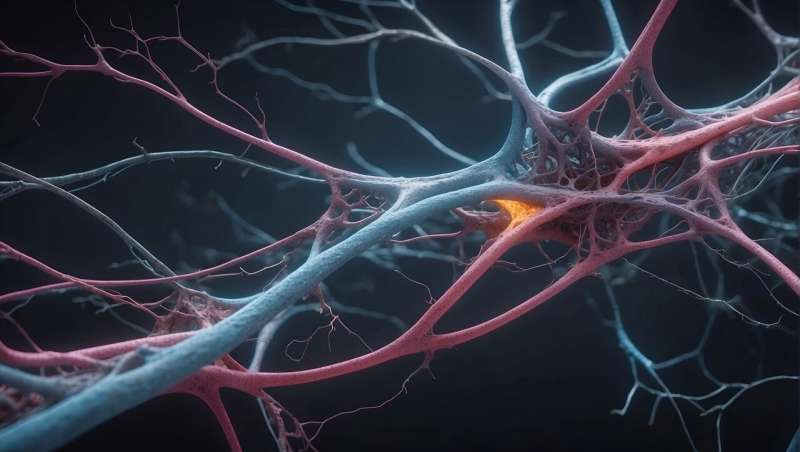Hidden Brain Waves as Potential Triggers for Post-Seizure Wandering

New research uncovers the role of spreading depolarization waves in post-seizure wandering, challenging traditional seizure-centric views and highlighting new diagnostic potential.
Recent research has shed light on a neurobiological mechanism that may explain behaviors observed after epileptic seizures, particularly in individuals with temporal lobe epilepsy. Traditionally, post-ictal symptoms such as disorientation, speech impairment, and wandering—often termed postictal wandering—were thought to be direct consequences of the seizure itself. However, new findings from scientists at the University Hospital of Bonn, the University of Bonn, and the German Center for Neurodegenerative Diseases (DZNE) suggest a different cause.
The study highlights the role of spreading depolarization (SD) waves—slow, large-scale depolarization waves in the brain—that occur after seizures. Unlike the seizure activity itself, SD waves are often invisible in standard EEG recordings due to their slow nature. These waves cause a temporary collapse of neuronal membrane potential, disrupting network function for minutes to hours. Notably, the hippocampus and other regions within the temporal lobe appear more susceptible to SD during epileptic episodes.
The researchers initially aimed to understand epilepsy development by investigating network dynamics and cell communication in a mouse model. They discovered that in the hippocampus, a crucial part of the brain involved in memory and seizure activity, SD waves could explain many postictal symptoms. This finding is significant because it indicates that post-seizure wandering and other behaviors may be driven by these spreading waves rather than only by the seizure itself.
Further investigation found evidence of SD in deep regions of the human brain using specialized electrodes during pre-surgical diagnostics. This suggests that SD could be a common phenomenon in epilepsy that has been largely missed because it is filtered out in typical EEG standards. The findings propose that SD may be a key, yet underexplored, factor in various postictal disorders.
Importantly, the study challenges the long-held view that epileptic seizures are directly responsible for all postictal symptoms. Instead, it points to SD as a major underlying mechanism, especially in cases of temporal lobe epilepsy where symptoms like wandering are more prevalent. This insight could inspire a review of EEG standards to enable the detection of SD in clinical practice, potentially leading to improved management and treatment strategies.
Overall, this groundbreaking research opens new avenues for understanding epilepsy and its aftermath, emphasizing the importance of considering spreading depolarization as a central component in post-seizure behavior and symptoms.
Source: https://medicalxpress.com/news/2025-09-hidden-brain-triggers-seizure.html
Stay Updated with Mia's Feed
Get the latest health & wellness insights delivered straight to your inbox.
Related Articles
Advancements in Minimally Invasive Surgery Shorten Recovery Time for Pancreatic Cancer Patients
Minimally invasive surgical techniques are revolutionizing pancreatic cancer treatment, leading to shorter recovery times and better patient outcomes. Learn how advanced laparoscopic procedures are improving care at Mayo Clinic.
Effective Strategies to Help You Quit Smoking
Discover expert-backed strategies to overcome psychological, social, and biological challenges in quitting smoking for good and improve your health journey.
New Research Identifies Proteins Essential for Heart Function
A new study reveals how proteins RBPMS and RBPMS2 work together to regulate genetic processes vital for healthy heart development and function.



